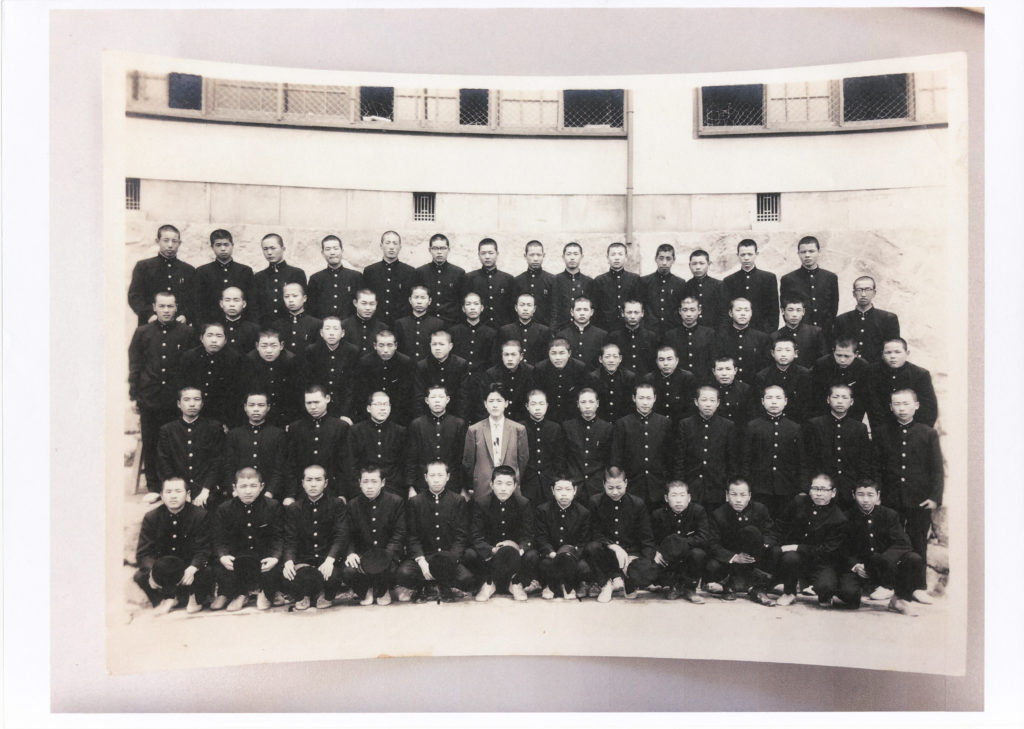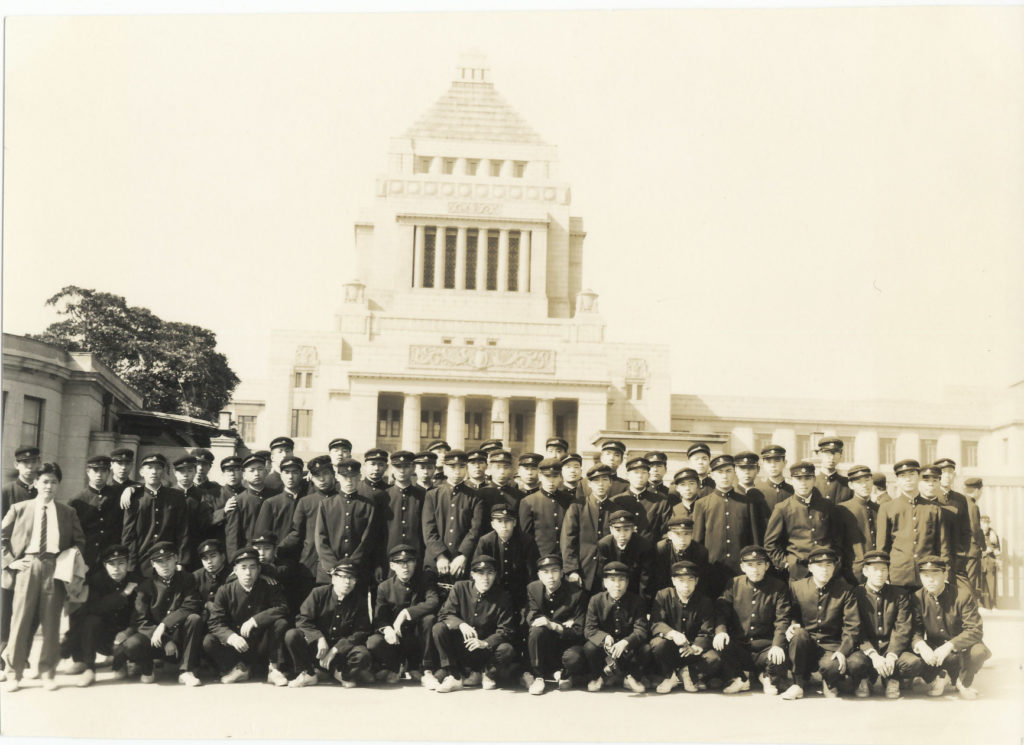Keisaburo Toyonaga
My Life Dedicated to A-bomb Survivors Overseas
6. Some children could not use their real names.
Many Koreans lived in my school district, and there were a few Korean students in each class. As they hid the fact that they were Korean and used Japanese names, other students didn’t know that they were Korean. It deeply grieved me because I wanted them to use their real names proudly.
Why did so many Korean people live in Japan and why did they use Japanese names? It started in 1910 when Japan colonized Korea. The Japanese government demanded harsh obligatory delivery of food from farmers in the Korean Peninsula. People who could not live in their home country anymore had no choice but to come to Japan for work. Also, during the war, some people were drafted and forcefully brought here because of the workforce shortage in Japan. In 1939, a law required all Koreans, living both in the Korean Peninsula and Japan, to change their names to Japanese ones. Since then, Koreans in Japan have two names, their real Korean names and their Japanese names. After Japan was defeated in the war, many Koreans went back to their home country, but some remained here for various reasons. They were discriminated harshly by the Japanese and gave up using their real Korean names.
Around 1970, there was a lot of fights between students of seven Japanese schools and the Korean School in Kaita, which sometimes made the newspapers. At the root was discrimination against Koreans by the Japanese. I wanted to solve this problem, but I didn’t know any teachers at the Korean school. Still, we managed to start a dialogue. At first, we had exchange meetings between students, baseball events, and teachers’ gatherings, which didn’t solve the problems.
Then, I came up with the idea that a Korean school teacher would come to my school and teach Korean. I thought that the Korean teacher using his/her real name proudly would encourage students who could not use their real Korean names at school. My school consented and I requested it to the Hiroshima Board of Education. However, they said that to teach at a Japanese school, teachers needed the license of an assistant teacher. Luckily, I found Mr. Kang Jutae, who went to Chosun University in Tokyo after he graduated from Sotoku Gakuen High School in Hiroshima and was teaching at the Korean school. The Board allowed him to teach at my school, because he had graduated from a Japanese high school, and they issued the license of a foreign language assistant teacher. I heard that Hiroshima was the third school to open a Korean language course, following Osaka and Hyogo.
The Technical Course at my school had a tight curriculum. We could not add any optional subjects in it, so we put the Korean language course in the General Course curriculum. We asked students whether they would like to take the subject, and surprisingly, there were 40 applicants, so in 1973, the Korean language course started. As he taught at a Japanese school for the first time, Mr. Kang asked me to make the materials for the course together with him. So, I attended the class with students to make the materials. They also asked me to take tests with them, and I did.
In 1983, we could not continue the course anymore, because Mr. Kang became the principal of the Korean Elementary School. It was hard to find the next teacher. The Board of Education said that they would only give the teacher’s license to people who had graduated from Japanese schools. We carried on negotiations with them, mentioning foreign teachers who taught English at high school. They said that those foreign teachers had got a teacher’s license at their home country. So, we went to the Korean school and asked them to introduce a teacher who would be able to get a teacher’s license in Korea. They introduced Mr. Ryom Hwa-Son, who went to North Korea during spring and summer vacations and finally got the license of a Korean language teacher in four years. We applied for the assistant teacher license to the Hiroshima Prefectural Board of Education. He finally got it, so we could continue the course.

